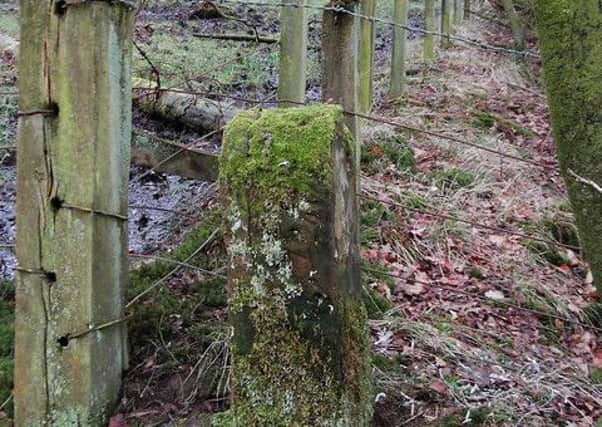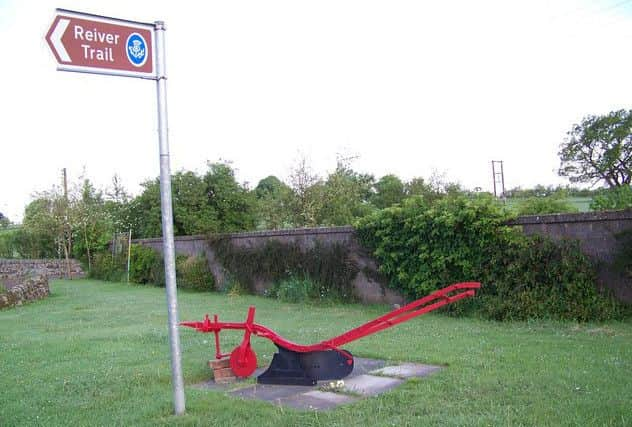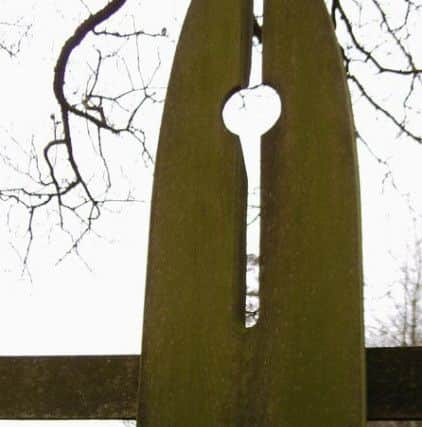A short history of the Debatable Lands and Border Reivers


Despite its tranquil beauty, the Scottish Borders has a bloody and turbulent history.
With the exception of the Scottish Highlands, the Borders were the last part of Britain to be brought under the rule of law.
Advertisement
Hide AdAdvertisement
Hide AdFor centuries pockets of land were fought over by Scots and English armies, as well as by lawless Border Reivers - with each group intent on claiming the land as their own.


The border between England and Scotland had been substantially agreed upon by 1237, but disputes over some stretches continued at least until 1552.
The Debatable Lands extended from the Solway Firth near Carlisle, to Langholm, with the largest population centre being Canonbie.
Until the Union of the Crowns in 1603, the area around the border was regarded to be a largely lawless territory.


For over three hundred years they were effectively controlled by local clans. It became a no mans land, ruled by rogues, with conflict often reducing the Border area to a wasteland.
The most prominent of the Border clans to control the Debatable Lands were the Armstrongs on the Scots side.
They managed to resist any attempt by the Scottish or English governments to impose their authority by launching frequent raids on farms and settlements, cattle rustling, murder, arson and pillaging outside the Debatable Lands, the profits enabling them to become major landowners.


Advertisement
Hide AdAdvertisement
Hide AdWhen England and Scotland were at war, the Reivers often provided large numbers of cavalry. The battles of Otterburn in 1388 and Flodden Field in 1513 are linked with the Reivers.
In 1530, King James V took action against the lawless clans of the Debatable Lands and imprisoned border lairds for their lack of action. The King also managed to damage the strength of the Armstrongs by hanging Johnnie Armstrong of Gilnockie and thirty-one others at Carlanrig Chapel.
In an attempt to weed out the trouble makers in 1551, the Crown officers of England and Wales made the bold declaration that
“All Englishmen and Scottishmen, after this proclamation made, are and shall be free to rob, burn, spoil, slay, murder and destroy all and every such persons, their bodies, buildings, goods and cattle as do remain or shall inhabit upon any part of the said Debatable Land without any redress to be made for the same.”


In 1552 a border line was agreed by commissioners, and soon after the Scots’ Dyke was built, a few miles north of Gretna, it was the first man-made frontier in Europe since the time of the Romans.
This did not stop the lawlessness.
When the thrones of Scotland and England were united in 1603, King James VI of Scotland also became James I of England, and he embarked on the so-called “Pacification of the Borders”, purging the Border reivers, destroying their houses, rounding up their families and sending them to Ireland and elsewhere.
The legacy of the Debatable Lands was remembered by Sir Walter Scott, who noted in 1827: “Ye ken Highlander and Lowlander, and Border-men, are a’ae man’s bairns when you are over the Scots Dyke.”
